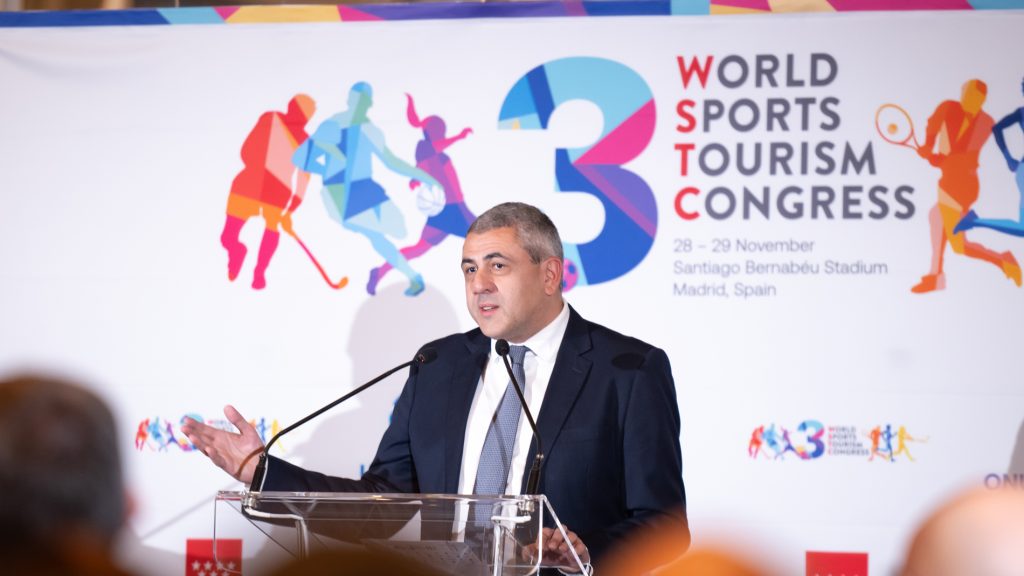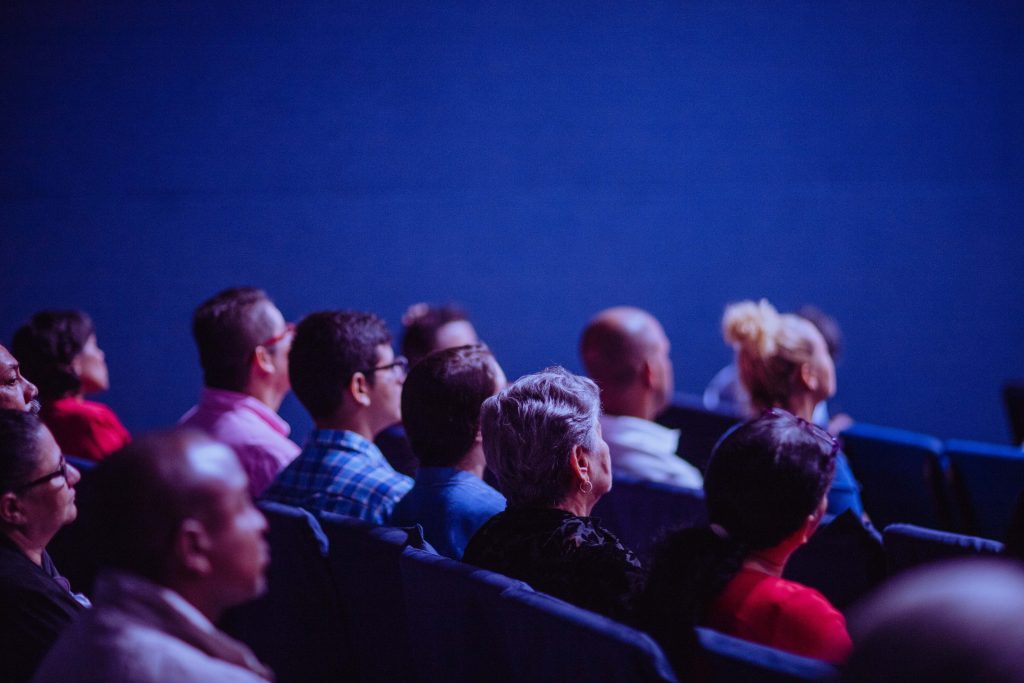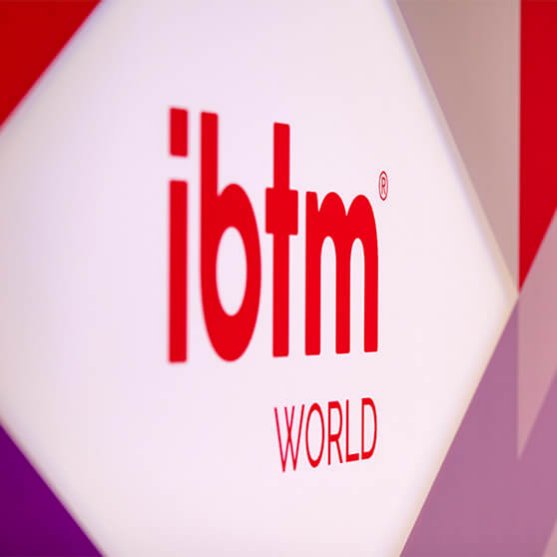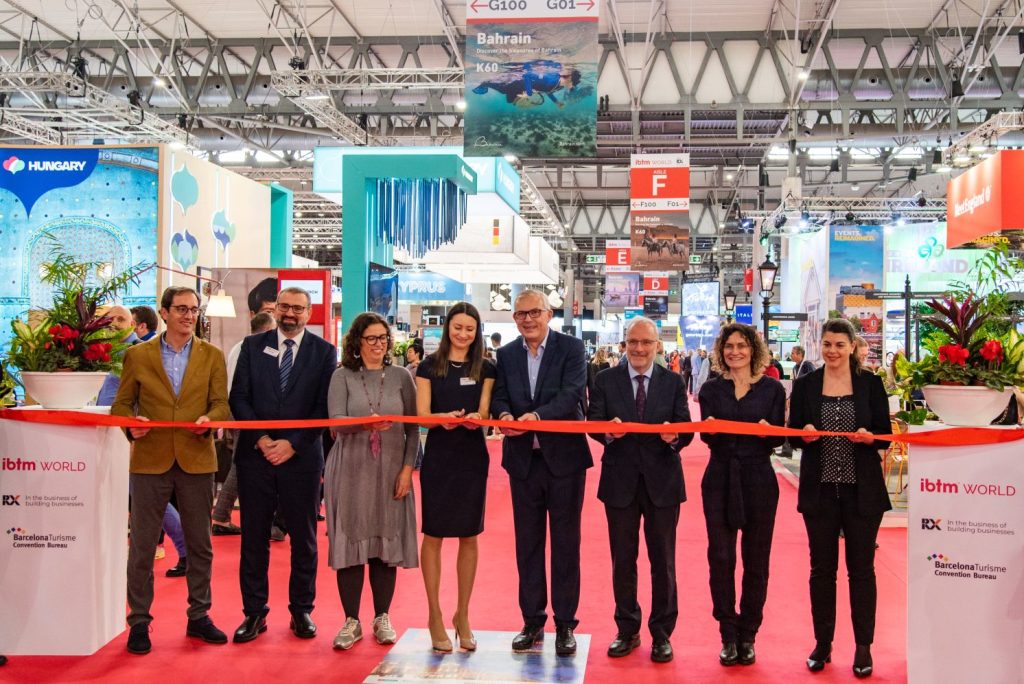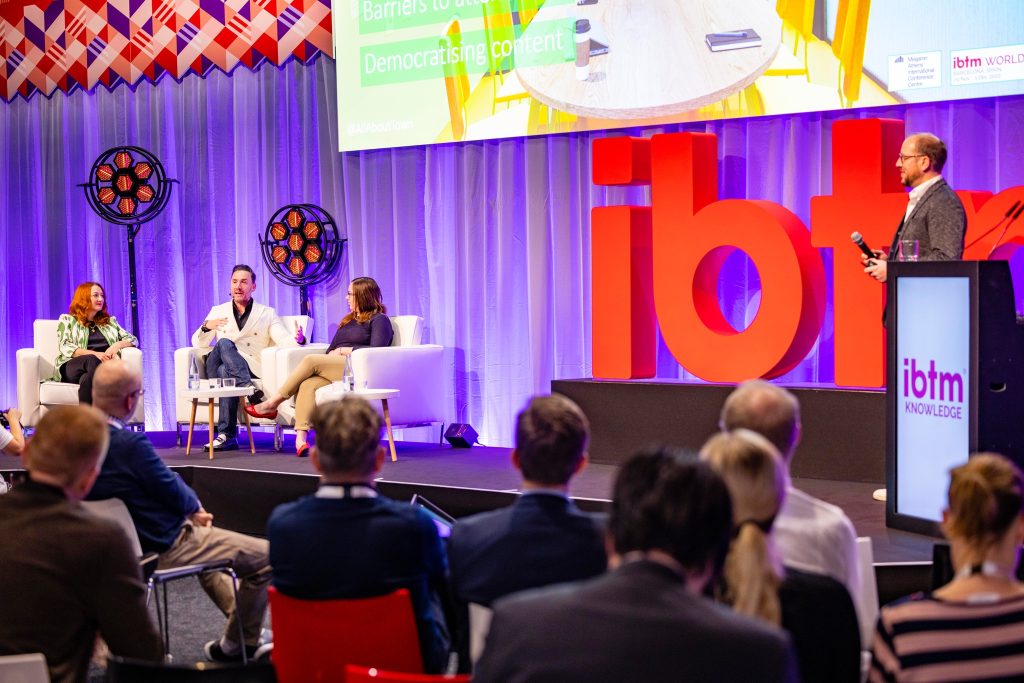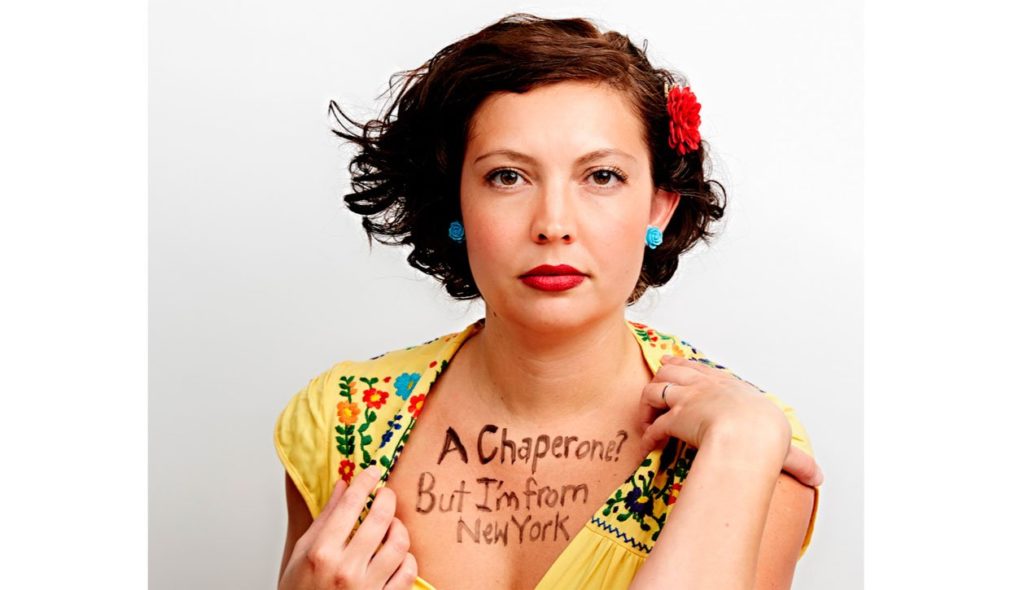
Share news
Listen
Dear World started in New Orleans 10 years ago, when residents of New Orleans wrote a “love note” to their city. They since then expanded and changed name, but kept their essence: “We help people share their stories, so people can connect more meaningfully with their communities” says Keshia. Simple idea, but let’s explore…
The format. “We guide people with a facilitation process to get them to think of what is meaningful to them and what has shaped them as human beings. Then share this story with another person in the room, and then vice versa. They then write a few keywords on their story on their body, and have a photo taken in which their body shows the key words of their story. By now, 150,000 people have experienced this format and opened up and connected in a deep way… and that means 150,000 photos of participants which, as you can see in the examples, are quite inspiring, and end up being the perfect way to start a conversation, just based on the ‘photo with a message’.
Our need for human connections. In the age of crazy technologies conceived to help connect people, this format is absolutely low-tech and purely human. Participants logically are asked to take their phone away, so they can fully engage with the experience.
Why does something so basic, so ancient (we have always been telling stories), work? In the age of social media, Keshia stresses that “we know less about more people”, limiting our knowledge to very superficial facts. “Social media enables many good things, but it tends to separate us, since we are just consuming, not really connecting”. So we want to help people deep dive and understand the other person better.
The necessary facilitation. It does not all come easy: “When I stand in front of a room, I feel two energies: some are super enthusiastic, but most will feel slightly uncomfortable. We don’t even know what stories we have which can be interesting”, says Keshia. Besides, “we are not given the skills to connect meaningfully”, she adds, stressing that we often tend to act rather than be authentic. “We have been trained to introduce ourselves in a very business manner by limiting us to our company and job title. We tend to look for the professional successes, but that is not the only dimension of the person; we should understand the other one more personally”. Another problem comes from such elements marketing, personal improvement and social media, which create an obsession with looking perfect. “So the idea is to create a safe space, so people can open up about themselves. They share these stories, even if they don’t look perfect. We make people feel safe, bold and brave”. Maybe because of this trait, comes the power of connecting through our most authentic, personal stories, since we had almost forgotten our deep humanity.
Dear World follows a facilitation process, which we won’t describe in details (come to Seville and experience it!), but Keshia tells us a few tips: “People often look for the perfect story to tell, we prevent them from that and brief them to take of that pressure. Instead, we get them to find the more meaningful ones”. Another learning in the visual dimension: the photos taken, with the key message written on their skin, is a wonderful basis for conversations”. But the key is to make people feel safe to share their story. You can’t force them, so our work is more to make sure at each stage that they are comfortable. Also remember they are both the one telling the story and the one listening, and it is scary but also fulfilling, in both cases.
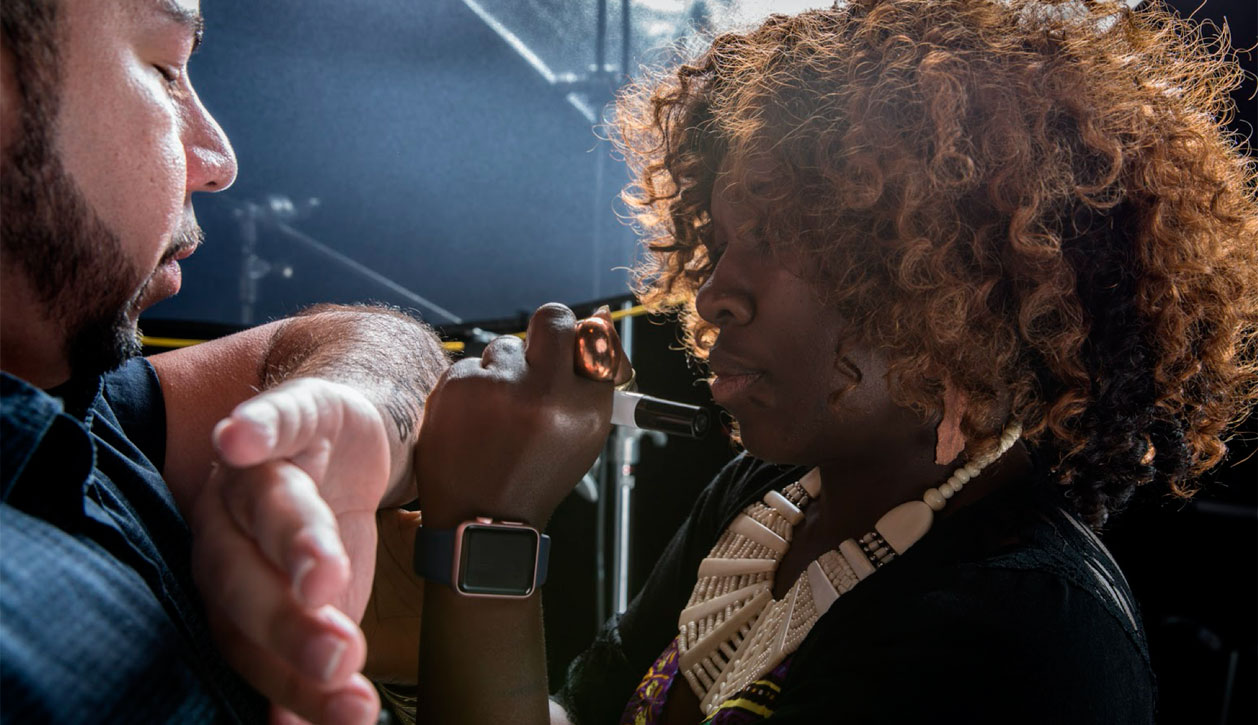
The effect, during and after the event. This activity has several types of impacts. First it is a perfect ice-breaker in events, prompting people to really open up in a way which will stay during the rest of the conference. And imagine your participants being really open during your event, what a game-changer that can be.
Second, people discover something about themselves: “most people usually don’t think about these meaningful stories, so getting them to ponder these questions often changes them, makes them more aware of who they really are and what they value”. Remember: your events are meant to impact, change people!
Third, it has an ongoing effect, beyond the activity per se: “We create in a setting where empathy is the norm, and this lasts during the whole conference. After this shared experience, everyone feels they have permission to come and ask others about their life: “Why did you write that thing on your arm” is an easy entry”.
But the impact goes beyond the event itself: meaningful connections are made, some attendees even get married, and many people are left changed by the experience, which connected them to their deep human dimension.
How long does it take? “Facilitation takes 45 minutes ideally, followed by the photo session. We work hard to optimize the facilitation process, which, as a consequence, does not require too much time. In one hour you can know more about the other person that in several years of empty interactions”, says Keshia.
Are any psychology skills necessary? Not really, this is not therapy, says Keshia, and their team is not made up of psychologists. All have worked in the field of human development and Keshia herself is a journalist and storyteller, who has worked for large media publications and also at an individual level, always focusing on people and their stories.
In some contexts, for instance after mass shootings or the Boston Marathon, the activity features a psychologist in the room just in case, but this activity is just about being authentic, human, not about applying complex psychological techniques. “We are doing a very human thing, which people are naturally wired to do”. They worked with comedians and speechwriters to define the process. Does it have to be face-to-face? “We have never done a remote or online event” says Keshia, something easy to understand; “there is something magic to the analogue, direct contact, which is something that is missing.
Does it work when people have a professional relationship, for instance provider-client? One could imagine opening up more easily to a stranger than to a client you will meet again next week in a very different setting. But it still works perfectly according to Keshia: “the longing for connection trumps the fear of being judged. Everybody is doing the same thing, all are vulnerable, all are opening up.”
I think we wrote too much already. Come to Seville and experience it…


